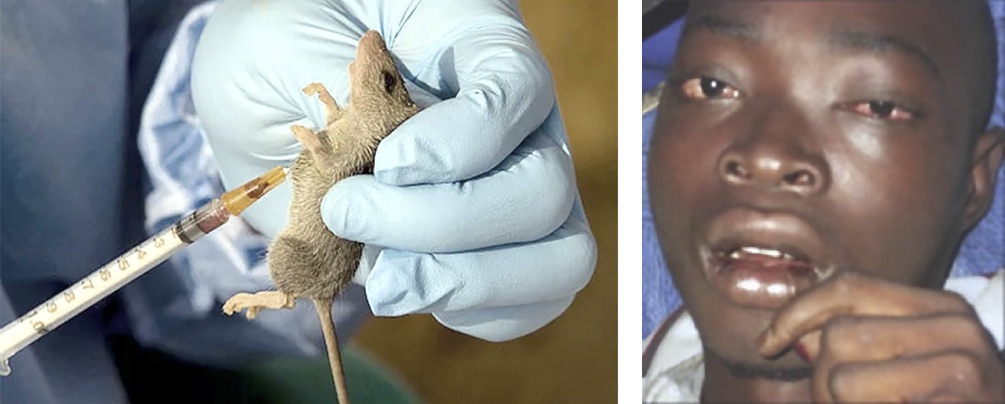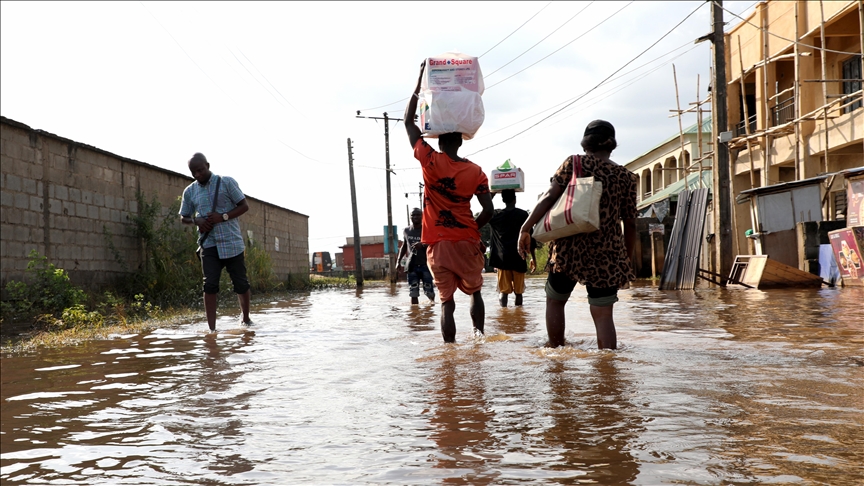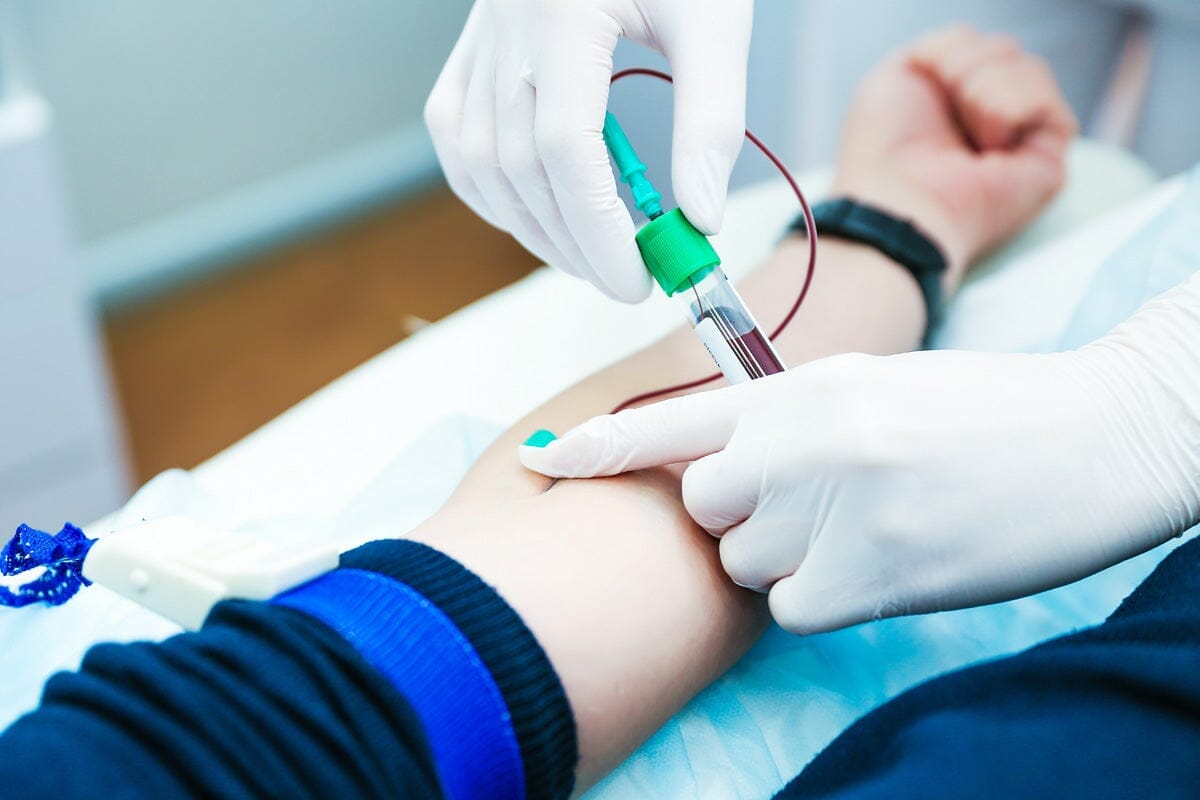Lassa Fever Claims 145 Lives in Nigeria, NCDC Sounds Alarm

The Nigeria Centre for Disease Control and Prevention (NCDC) has reported a concerning increase in Lassa fever deaths, with 145 lives lost as of Epidemiological Week 25. The case fatality rate (CFR) has risen to 18.6%, up from 17.6% reported during the same period in 2024.
According to the NCDC’s latest report, 781 confirmed cases have been reported out of 5,943 suspected cases across 20 states and 101 Local Government Areas (LGAs). The Agency noted that 10 new confirmed cases were reported in Ondo and Edo States in the current reporting week.
The NCDC revealed that 91% of all confirmed cases in 2025 were reported from just five States: Ondo (31%), Bauchi (24%), Edo (17%), Taraba (16%), and Ebonyi (3%). The disease predominantly affects young adults, with the 21-30 age group most impacted. Males were slightly more affected, with a male-to-female ratio of 1:0.8.
The NCDC attributed the rise in CFR to late presentation of cases, high treatment costs, and poor health-seeking behavior. The agency emphasized that despite a decline in the overall number of suspected and confirmed cases compared to 2024, the increase in CFR is a cause for concern among health experts.
In response to the outbreak, the NCDC is collaborating with partners, including the World Health Organisation (WHO) and the United States Centers for Disease Control and Prevention (US CDC), to intensify multi-sectoral response efforts. The agency has deployed 10 national rapid response teams to various states, adopting a One Health approach to disease control.
The NCDC has also launched an IPC e-learning platform and distributed updated Viral Hemorrhagic Fever (VHF) guidelines to health facilities across the country. Additionally, the agency is conducting clinician sensitisation, community engagement activities, and environmental response campaigns in identified hotspot areas.
The Agency identified poor environmental sanitation and low community awareness, particularly in high-burden LGAs, as key challenges. The NCDC advised Nigerians to maintain proper hygiene, avoid contact with rodents, and seek medical help promptly when experiencing symptoms such as fever, sore throat, vomiting, or unexplained bleeding.
Lassa fever, first identified in 1969 in Lassa, Borno State, is endemic in Nigeria, with outbreaks occurring annually. The disease is fatal in about 20% of cases, particularly when treatment is delayed. Currently, no licensed vaccines exist, although around 20 candidates are in development, with the most advanced in Phase IIa clinical trials.



